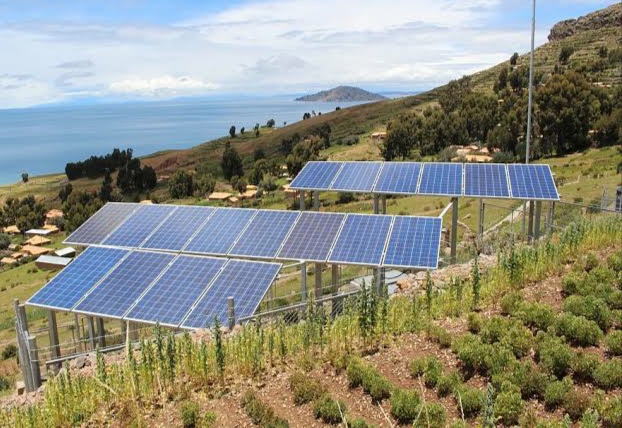In the coming decade, it is predicted that India will have the largest working-age population in the world with over 1 billion people. This demographic dividend, when combined with an increasingly educated population, has the potential to transform India’s economic and social development. Entrepreneurship among women is a vital component of the overall solution. It not only boosts the economy through job creation, but also delivers transformational social and personal outcomes for women.
Today India has approximately 13.5–15.7 million women-owned enterprises, representing 20% of all enterprises. While large in absolute numbers, these are overwhelmingly comprised of single person enterprises, which provide direct employment for an estimated 22 to 27 million people. Benchmarks from high performing countries provide a good yardstick for India to accelerate overall female entrepreneurship. Accelerating quantity and quality of entrepreneurship towards such benchmarks can create over 30 million women-owned enterprises, of which 40% can be more than self-employment. This can generate potentially transformational employment in India, of 150–170 million jobs, which is more than 25% of the new jobs required for the entire working age population, from now until 2030.
Women are an underutilized resource in both climate change adaptation and mitigation initiatives. With the proper capacity, women have the capability to represent key energy managers, contributors and beneficiaries of renewable energy and efficiency projects. Failure of nations to recognize the full potential of women will result in lost opportunities to achieve multiple benefits across the energy sector. Increasing women’s participation in policy dialogues, ensuring equal access to co-benefits generated by mitigation options, opening the renewable energy and energy efficiency labour forces to women, and un-tapping new investment opportunities through increasing women’s participation as investors, will both support effectiveness of mitigation actions and pave the way toward gender equality in the energy sector.
Renewables: a growing industry that needs to integrate a diverse workforce
The renewable industry should promote the participation of women in leadership positions in order to enjoy the benefits offered by a diverse workforce. They include new perspectives, better financial returns, better understanding of customers, and improvements in the work environment.
In commemoration of International Women’s Day, its serves as a reminder of the efforts that began more than 100 years ago to ensure women’s participation under equitable conditions, and the work that is still ahead in the renewable energy industry.
The industry has a global workforce of more than 10 million workers and by 2050 this number is expected to triple. It is essential that this growth comes together with inclusive practices that reflect in the workforce the communities that the industry serves. This will undoubtedly contribute to advancing not only the rights of women and other diverse groups, but will also yield better performance for companies, thanks to highly competitive, committed, and motivated teams.
On the day while we Celebrate the achievements of Indian Women, I Salute to the efforts of Dr. Anna Mani (1918-2001) Pioneer Indian Meteorologist who according to me is the “Mother of Indian Renewable Energy”. Dr. Mani was an Indian physicist and meteorologist. She was the Deputy Director General of the Indian Meteorological Department. She undertook the development of an apparatus to measure ozone – ozonesonde. This enabled India to collect reliable data on the ozone layer. Thanks to Dr. Mani’s singular contribution, she was made a member of the International Ozone Commission. In 1963, at the request of Vikram Sarabhai (Father of India’s Space programme), she successfully set up a meteorological observatory and an instrumentation tower at the Thumba rocket launching facility. In 1976, Dr. Anna Mani retired as Deputy Director general of the Indian Meteorological Department and subsequently returned to the Raman Research Institute as a visiting professor for three years. Later she set up a millimetre-wave telescope at Nandi Hills, Bangalore. She published two books, The Handbook for Solar Radiation Data for India (1980) and Solar Radiation over India (1981), which later became the standard reference guides for solar tech engineers.
A visionary, Dr. Anna Mani foresaw that alternative sources of energy would have a big role to play in India’s future development. She organised round-the-year wind speed measurement from over 700 sites using state-of-art equipment.
Today, as India has taken leadership in setting up solar and wind farms across the country, part of the credit goes to Dr. Mani and we at the Ministry of New & Renewable Energy Salute to the efforts of Women as Leading the Change for the betterment of mankind.
(Mr. Dinesh Jagdale is Joint Secretary to the Government of India at the Ministry of New & Renewable Energy & views expressed here are personal.)



